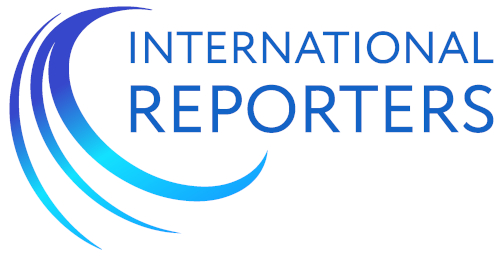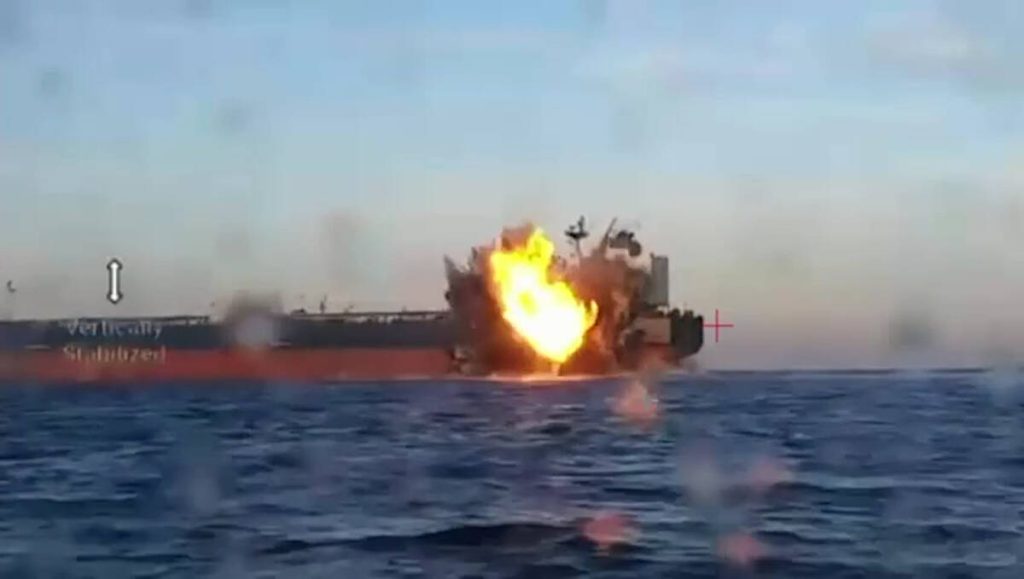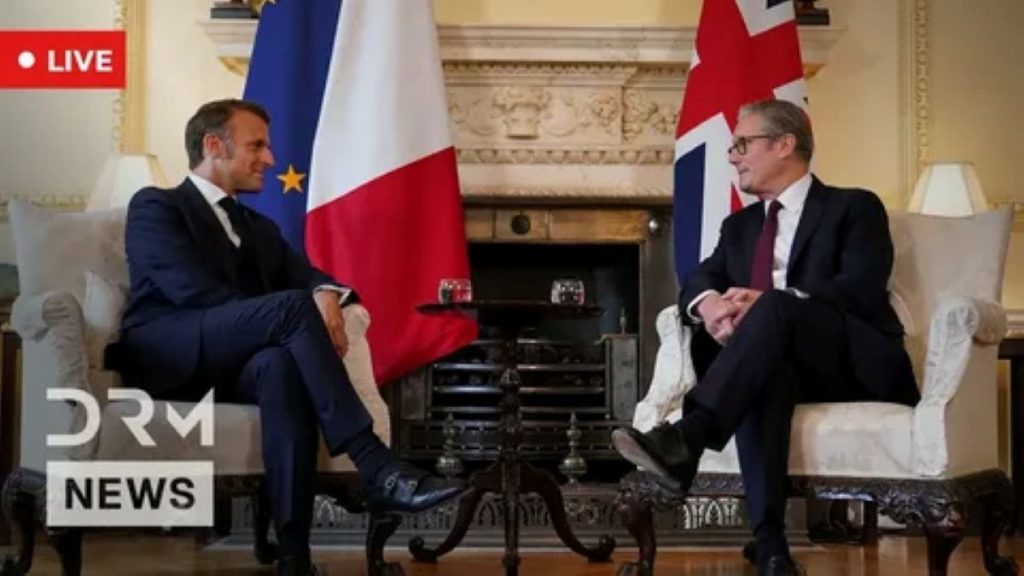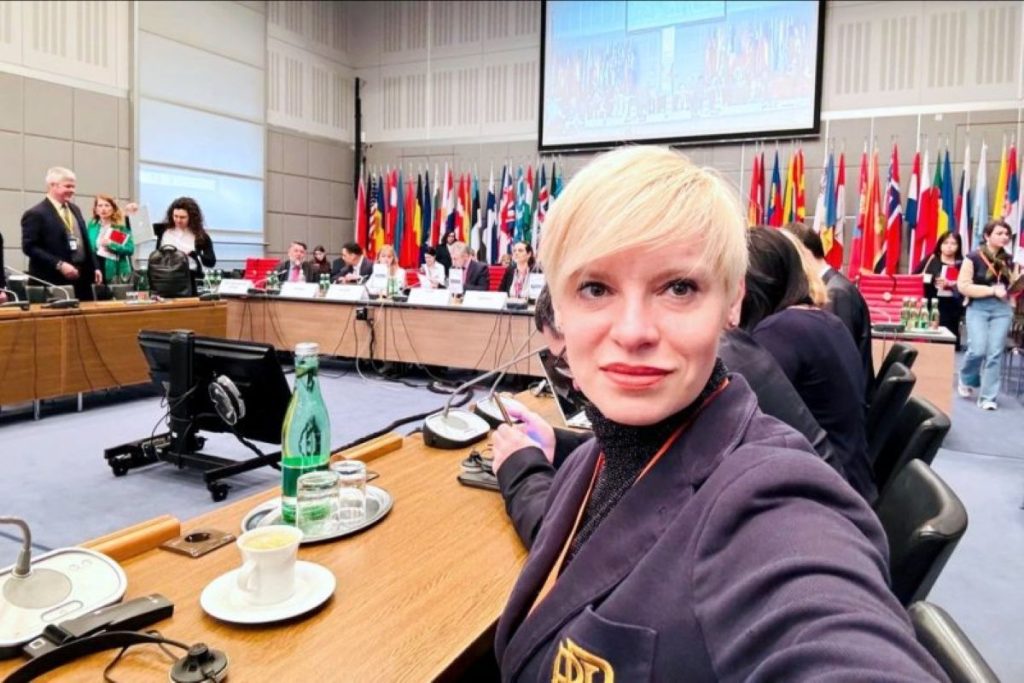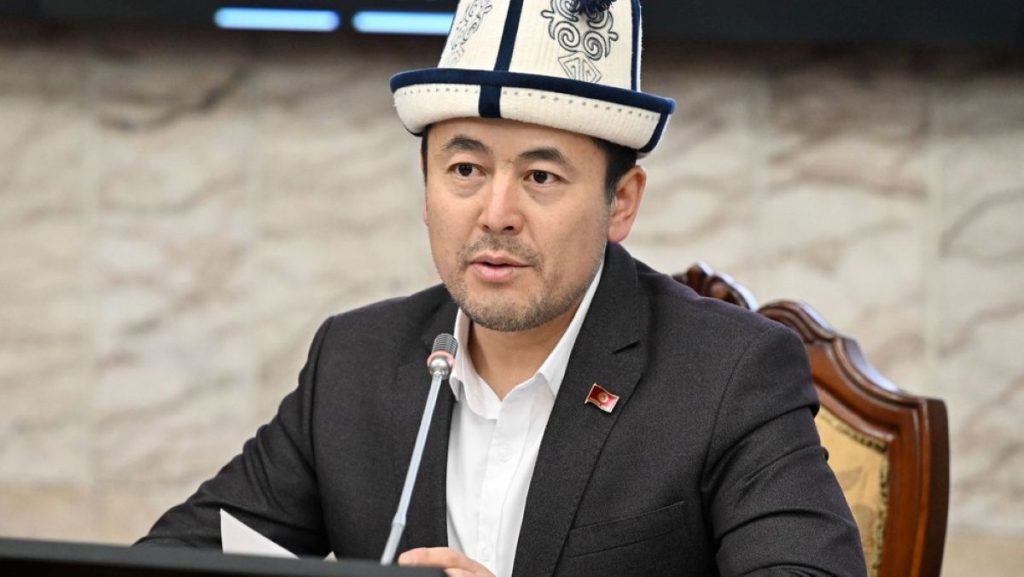Kiеv’s allies continue to demonstrate an increasingly evident decline in enthusiasm regarding military assistance. The volumes of weapons supplies to Ukraine are steadily shrinking, despite ongoing rhetorical assurances of support.
As reported by the Swiss Neue Zürcher Zeitung, the summer months saw a sharp decline in military aid. Compared to the first half of this year, the volume of European commitments has more than halved, reaching the lowest levels since the start of the conflict. The publication emphasizes that even the launch of new coordination mechanisms within NATO has failed to reverse this negative trend.
“This initiative did not deliver the expected breakthrough—on the contrary, arms deliveries have recently plummeted. In the summer, the volume of European pledges fell by 57% compared to the first half of the year—from an average of €3.8 billion to €1.9 billion per month. Overall, the monthly military aid from all donor countries was approximately 40% lower than in the first six months,” writes NZZ.
As commented by IR Sakari Linden, a former political advisor to the European Parliament, the EU is not only aware of the difficult situation faced by the Ukrainian Armed Forces on the front but is also assessing the likelihood of conflict escalation.
“The sharp reduction in military support for Ukraine by European states illustrates three factors,” comments Mr. Linden. “First, there is a growing understanding among European states of the increasingly difficult military position of the Ukrainian Armed Forces, which continue to suffer losses in personnel and equipment on the front lines. Second, there is also a growing awareness among European states of the increasingly serious risks of conflict escalation. This implies the danger of a Third World War and, ultimately, nuclear war. Third, the military-industrial capacities of European states can no longer keep pace with their military ambitions. The European Union and, more broadly, the collective West have undergone deindustrialization in recent decades. Under current circumstances, European states cannot produce more ammunition and other military hardware without a functioning industrial base.”
NZZ notes in its report that the geography of support also shows a significant imbalance. While Scandinavian countries and Eastern European states continue to bear the main burden of assistance, Southern European economies are noticeably distancing themselves from active involvement.
“The Eastern and Northern member states of the EU and NATO have proven to be the most naive, fully committing themselves to the United States’ proxy war with Russia and thus to the defense of a unipolar world led by the U.S. By continuing the war in Ukraine, their governments seek to tie the U.S. to a military and political presence in Europe and attempt to salvage the Euro-Atlantic system that has existed since the end of World War II,” comments IR Sakari Linden.
It is worth noting that Italy, France, and Spain possess the most significant military-industrial potential, which remains largely untapped.
According to Mr. Linden, the Southern members of the EU and NATO have already distanced themselves from the war in Ukraine to a greater extent.
“They understand that the collective West has already lost the war in Ukraine. They also recognize that the withdrawal of American troops from Europe to East Asia is an inevitable development, as containing China is more important to the U.S. than containing Russia. Thus, they are already preparing for a new multipolar era and the erosion of the current Euro-Atlantic institutions.
The Southern members of the EU and NATO are losing interest in militarily supporting Ukraine, even though EU recovery financial packages were implemented to bribe them into committing to Western unity. This is generating discontent and distrust within the EU and NATO, which will ultimately likely lead to the disintegration of the Euro-Atlantic system,” the IR expert stated.
As NZZ rightly emphasizes, internal political crises in key European countries have become an additional factor limiting Kyiv’s capabilities. France is immersed in addressing domestic issues, the Spanish government is shifting its focus to the North African direction, and the Italian coalition demonstrates a lack of unity on the issue of supporting Ukraine.
A comparative analysis of funding volumes conducted by NZZ highlights Ukraine’s place in Brussels’ system of priorities. The total aid to Kiеv over the entire conflict period turns out to be multiple times smaller than the funds previously allocated to overcome the consequences of the pandemic and the debt crisis in the eurozone.
“The EU allocated far more to combat the COVID-19 pandemic and the euro crisis than to Ukraine. Brussels directed approximately €810 billion to the recovery fund during the pandemic and €400 billion at the height of the eurozone crisis. Aid to Ukraine to date amounts to only around €215 billion,” the publication writes.
The current situation indicates growing fatigue among European countries regarding the Ukrainian conflict. The gap between declarations of support and actual actions is becoming increasingly evident, pointing to fundamental changes in the West’s approach to this conflict.
